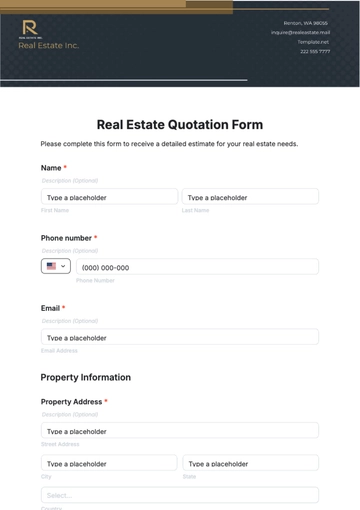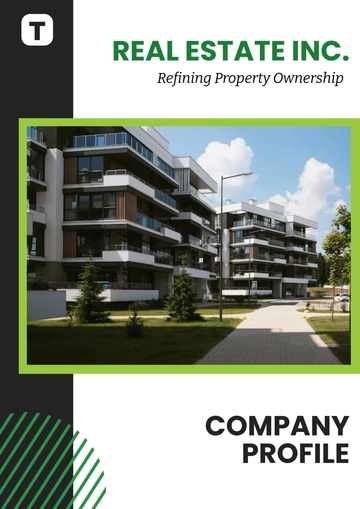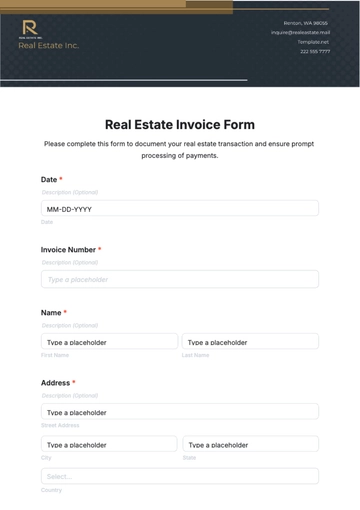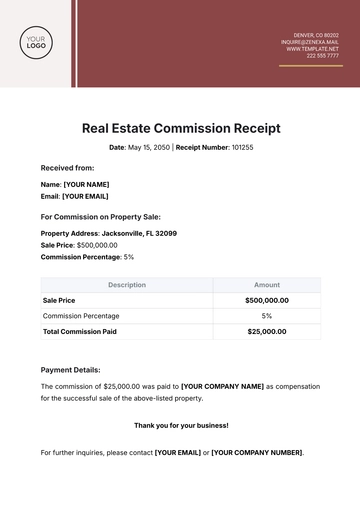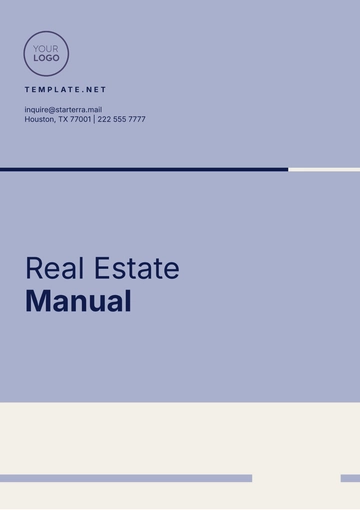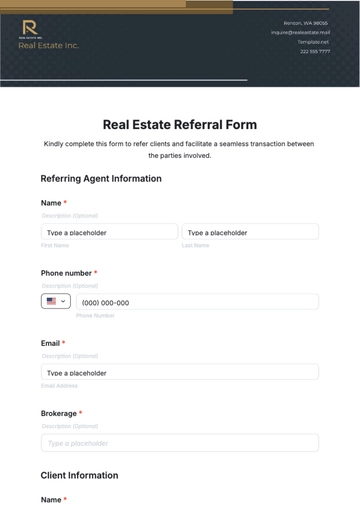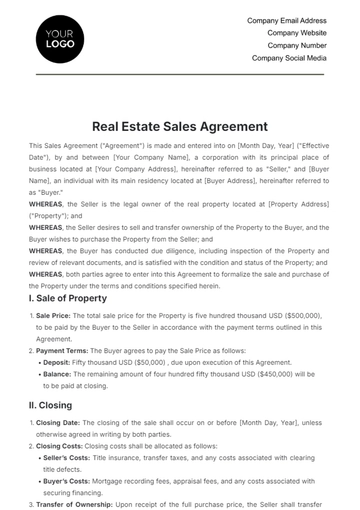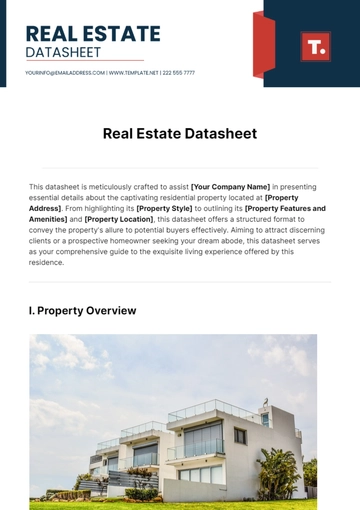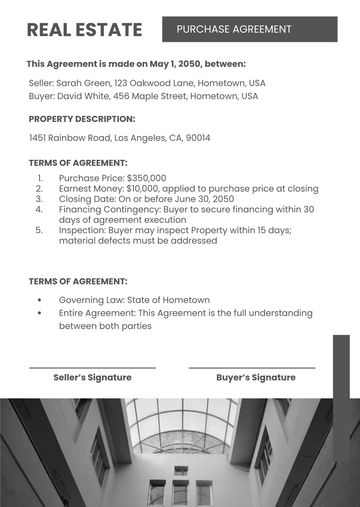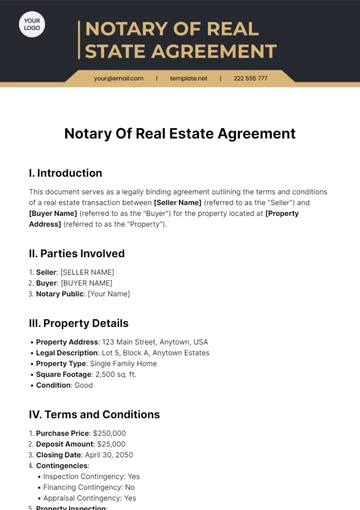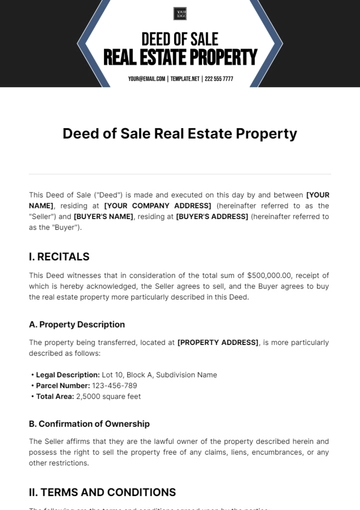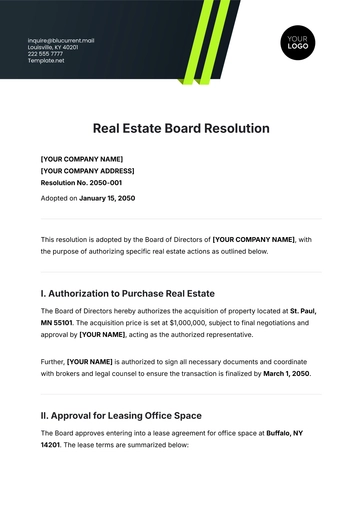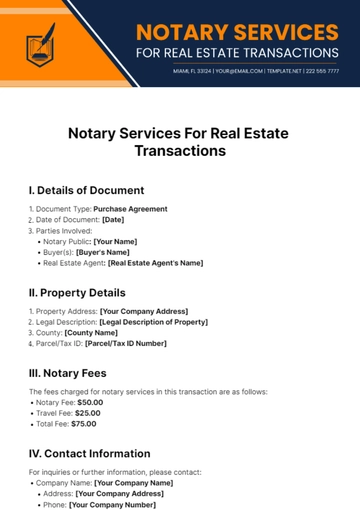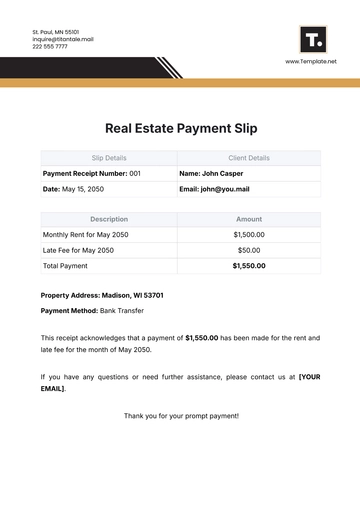Free Real Estate Building Insulation Review
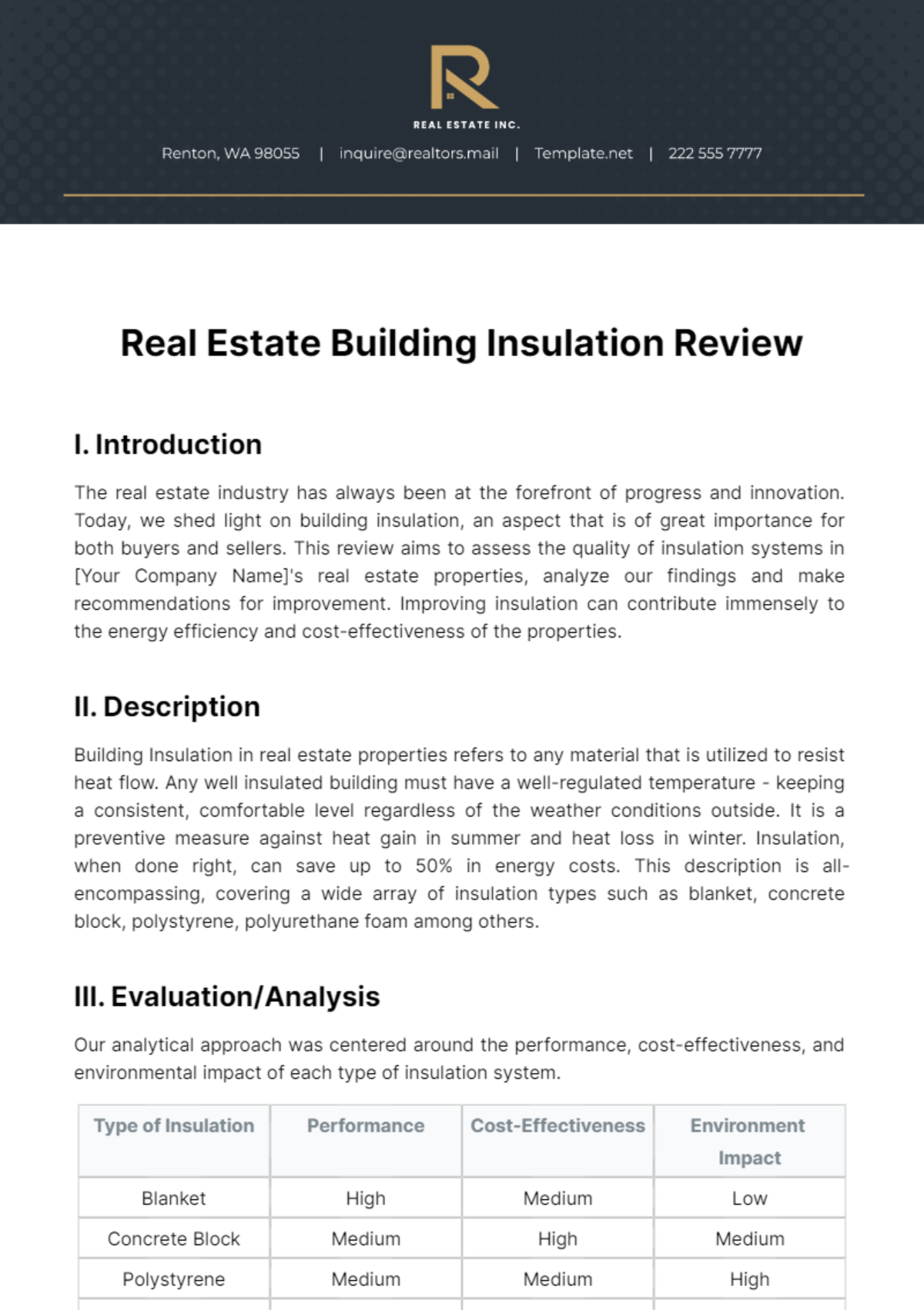
I. Introduction
The real estate industry has always been at the forefront of progress and innovation. Today, we shed light on building insulation, an aspect that is of great importance for both buyers and sellers. This review aims to assess the quality of insulation systems in [Your Company Name]'s real estate properties, analyze our findings and make recommendations for improvement. Improving insulation can contribute immensely to the energy efficiency and cost-effectiveness of the properties.
II. Description
Building Insulation in real estate properties refers to any material that is utilized to resist heat flow. Any well insulated building must have a well-regulated temperature - keeping a consistent, comfortable level regardless of the weather conditions outside. It is a preventive measure against heat gain in summer and heat loss in winter. Insulation, when done right, can save up to 50% in energy costs. This description is all-encompassing, covering a wide array of insulation types such as blanket, concrete block, polystyrene, polyurethane foam among others.
III. Evaluation/Analysis
Our analytical approach was centered around the performance, cost-effectiveness, and environmental impact of each type of insulation system.
Type of Insulation | Performance | Cost-Effectiveness | Environment Impact |
|---|---|---|---|
Blanket | High | Medium | Low |
Concrete Block | Medium | High | Medium |
Polystyrene | Medium | Medium | High |
Polyurethane Foam | High | High | Medium |
IV. Recommendations
Based on the reviews of all our real estate properties, the following recommendations are forwarded for the overall improvement of our insulation systems:
Optimize the use of blanket and polyurethane foam insulation where possible.
Conduct a comprehensive energy audit to pinpoint the areas with poor insulation.
Prioritize insulation during the design and planning stage of property development.
Train the maintenance staff about the importance of proper insulation.
Engage qualified professionals for installation of insulation systems.
Monitor and evaluate the performance of insulation over time.
Stay updated about the latest insulation materials and technologies in the market.
Increase awareness among potential buyers about the benefits of a well-insulated property.
Avoid insulation materials which have a high environmental impact.
Ensure adherence to all relevant municipal and federal regulations regarding insulation.
V. Rating/Score
Our overall rating for the insulation of our real estate properties is an above-average score of 8.5 out of 10. This score has been derived based on the aforementioned criteria of performance, cost-effectiveness, and environmental impact where 1 is Poor, 5 is average, and 10 is excellent. It is noteworthy that while some properties recorded impressive scores across all parameters, others lagged mainly due to the usage of environmentally harmful insulation materials. Furthermore, the score reflects the effectiveness of the insulation in our properties to maintain comfortable and consistent temperatures.
VI. Conclusion
From this comprehensive review, it is clear that the insulation of real estate properties is a critical component in environmental sustainability and energy conservation. This integral aspect increases the market value of the properties and enhances the comfort of occupants while contributing to environmental conservation. Nevertheless, there is always room for improvement. Our properties would benefit from a continuous evaluation and enhancement of insulation systems. It is necessary to stay proactive and ahead in this sphere. The building insulation review not only gives us insights but also charts a way forward in enhancing our properties’ insulation, to ensure the utmost satisfaction of our customers and a smaller carbon footprint.
- 100% Customizable, free editor
- Access 1 Million+ Templates, photo’s & graphics
- Download or share as a template
- Click and replace photos, graphics, text, backgrounds
- Resize, crop, AI write & more
- Access advanced editor
Elevate your property's efficiency with our Real Estate Building Insulation Review Template, exclusively on Template.net. This editable and customizable template streamlines insulation assessments for optimal energy performance. Harness our AI editor tool to tailor reviews seamlessly to your building's needs. Enhance comfort, reduce costs, and contribute to sustainability with thorough insulation evaluations.

